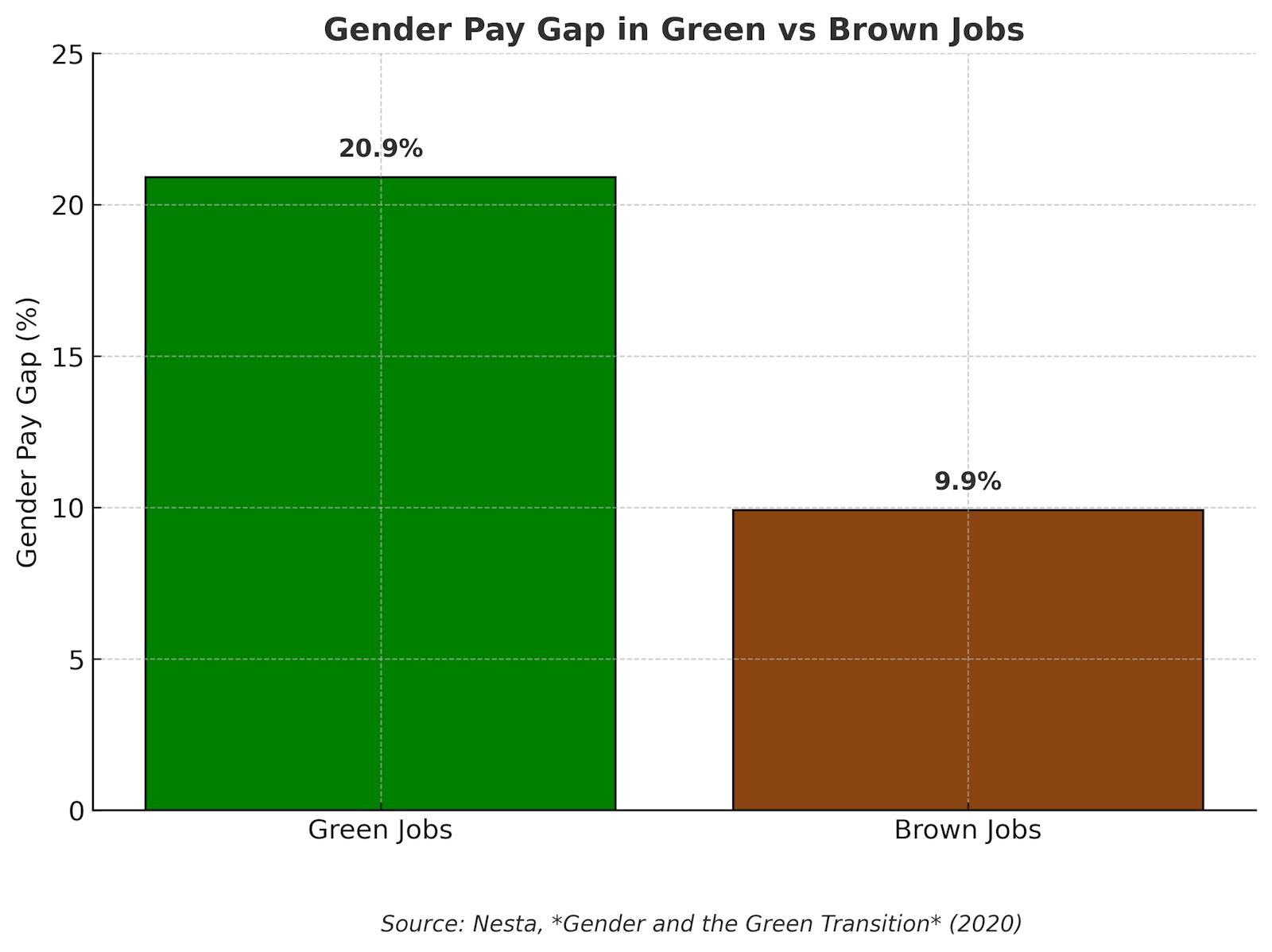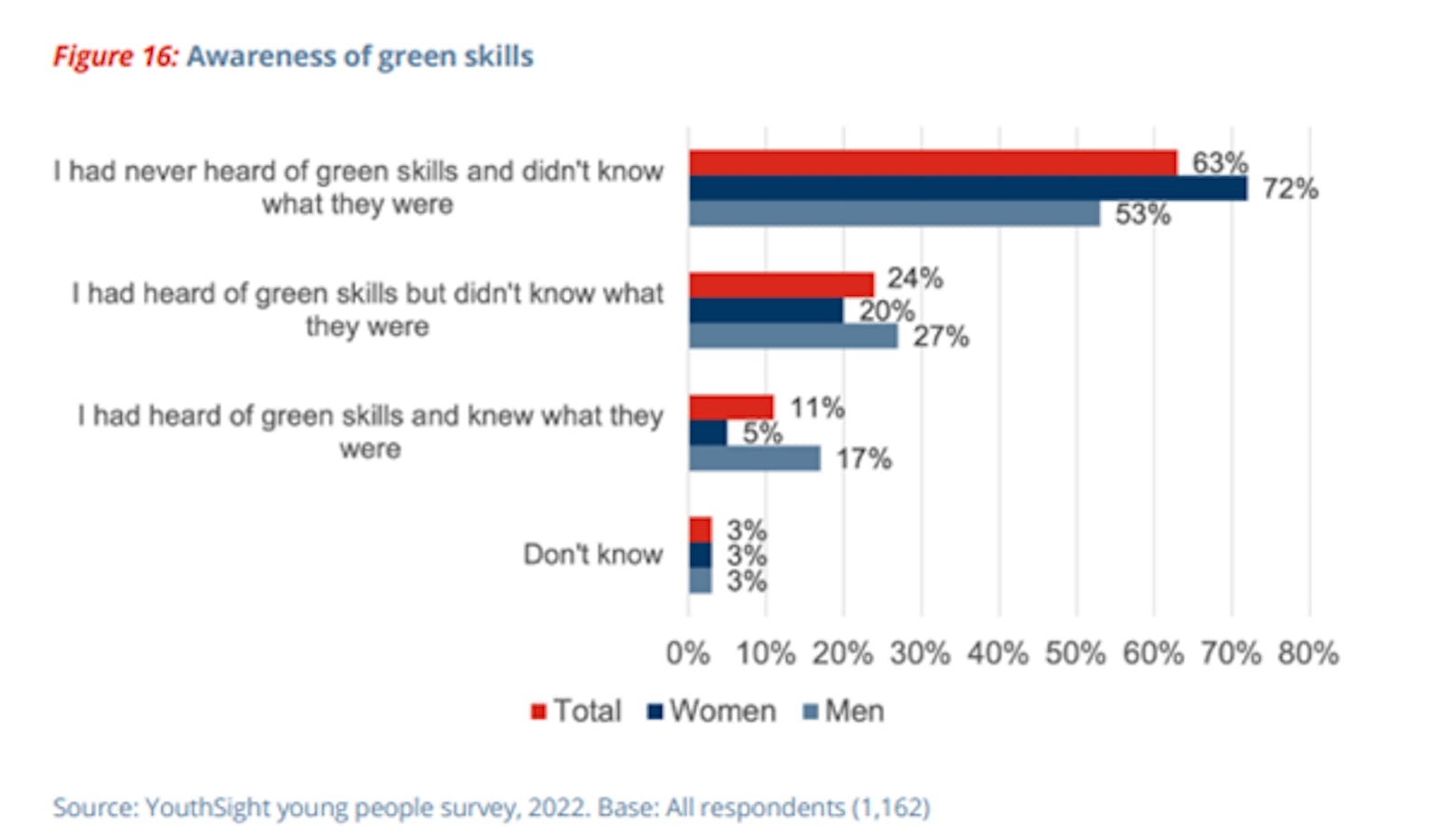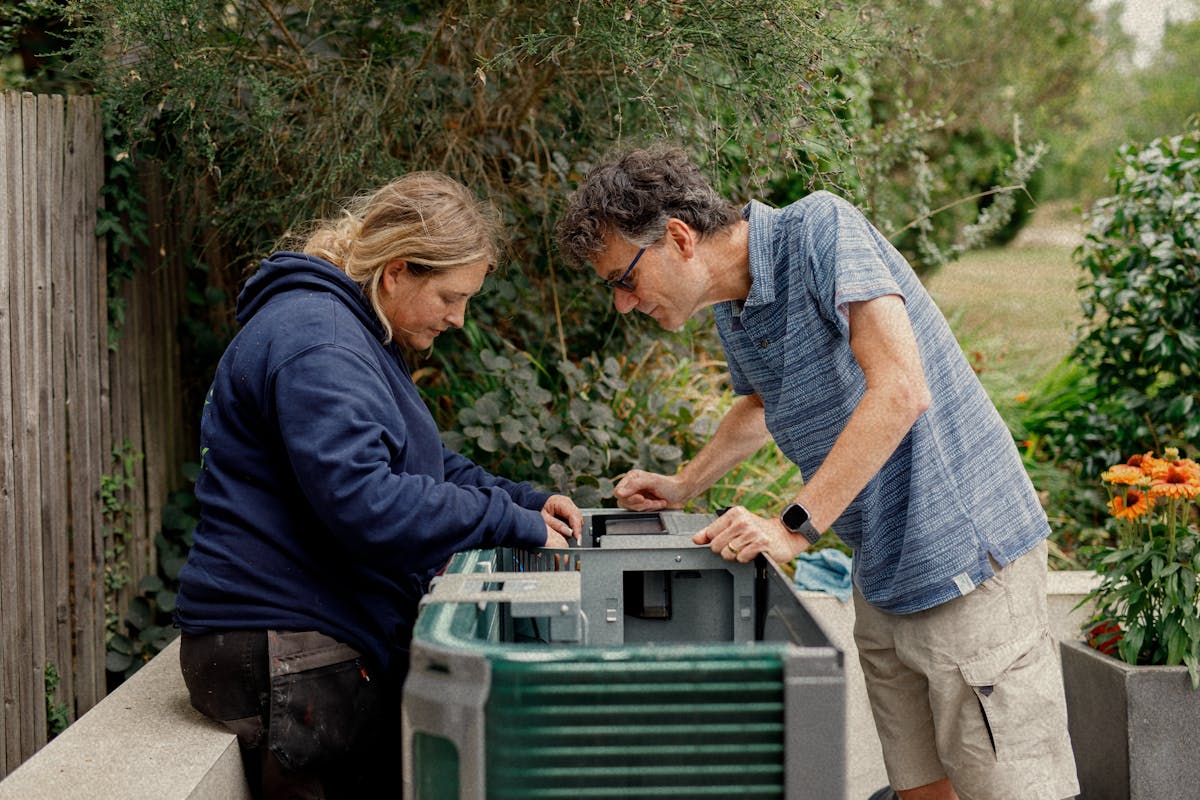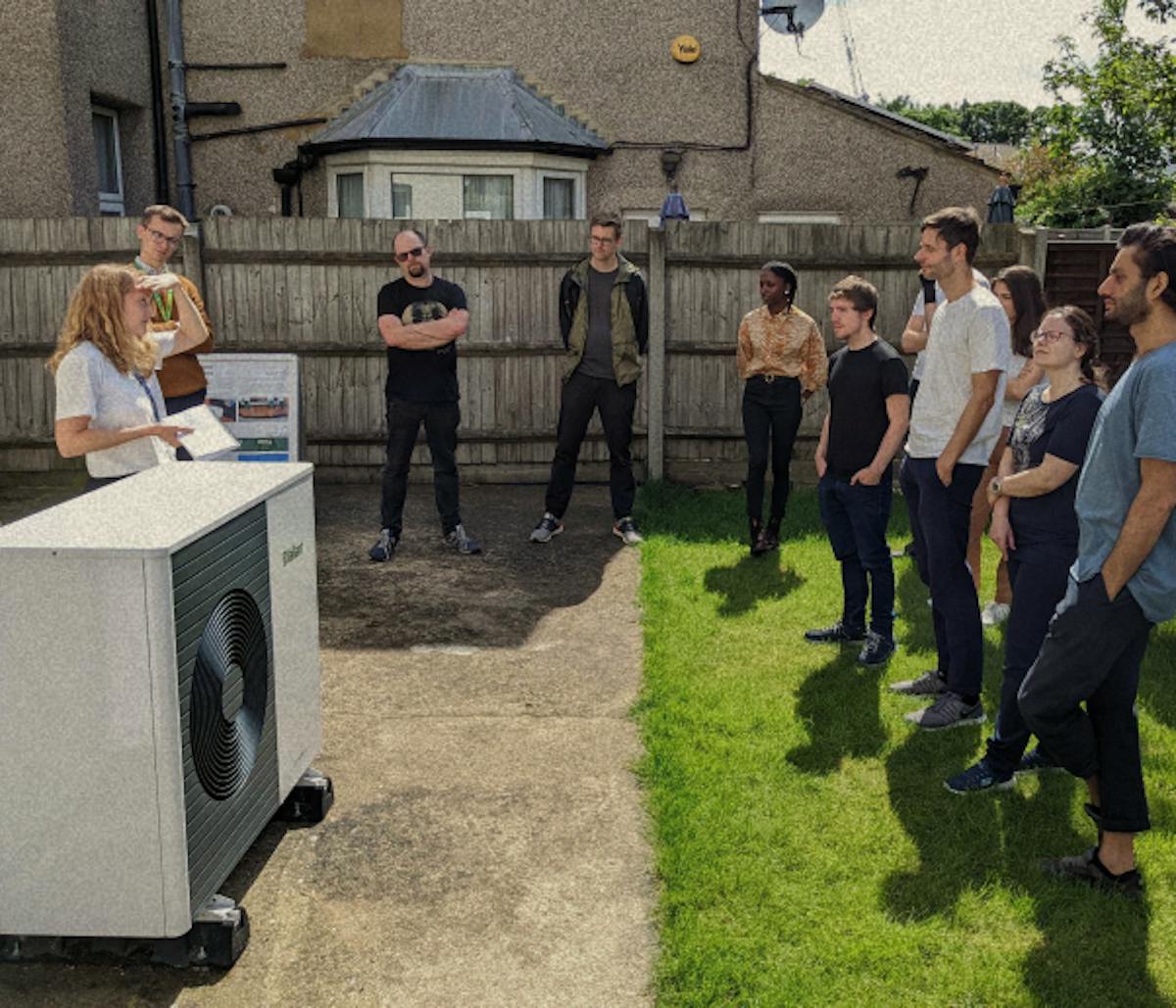There are many things the government’s green skills agenda needs to get right. It’s a pivotal component of the net zero transition and achieving net zero by 2050 is one of the UK’s greatest challenges. The current strategy, focused on economic renewal through clean energy and green investment, feels like we’re entering a transformative green industrial era. A green industrial revolution would be transformative. Big ambition. Big numbers. The Climate Change Committee found that between 135,000 to 725,000 net new jobs could be created in the green sector by 2030 [1]. On paper, it sounds transformative. But the reality is: revolution alone doesn’t guarantee fairness. The last Industrial Revolution brought wealth, sure — but also huge inequality. This time, we’ve got the chance to rewrite the story.

The numbers make it clear. Businesses say they’re interested in women, but is this evident when just 20% are present in the nuclear workforce, 21% in offshore wind, and only 5% in the heat pump workforce? Again, for ethnic minority representation, which we speak about loudly, it’s also worryingly low, at just 7% of the offshore wind workforce [2]. Add to that the gender pay gap in green jobs - the gap is more than double on average for women in green jobs (20.9%) than women in brown ones (9.9%) - and we’re looking at a system that risks replicating old inequalities rather than dismantling them [3]. Are we not here to do better?
Rewriting Old Patterns
Yes, government has invested in training, but training isn’t enough if people can’t find it; if it sits quietly on a website or buried in a leaflet it doesn’t create access. People need to see themselves in these opportunities. That means working with youth groups, community organisations, charities, and local outreach projects who already know how to reach those who’ve historically been excluded. If the role of these organisations isn’t funded and recognised within the skills agenda, we’ll miss the chance to bring people in from every corner of the UK.
There’s also the schools question. Government has committed to weaving climate change and green skills into education, and where it’s working, it works well. Local projects are inspiring young people to pursue STEM pathways and climate-focused careers, but these are patchy, inconsistent, and under-supported. Scaling them up through grassroots organisations could create the consistency we desperately need.

And here’s the kicker: 63% of young people aged 16–24 have never even heard of green skills [4]. That’s a communication failure, plain and simple. If government is really serious about this, it needs to meet young people where they are: on TikTok, Instagram, YouTube. They are already there but they don’t know about us, we need to go to them. “Industry experts” would think it needs comms and marketing specialists, but I would argue it actually needs to understand the influencer generation, that these young people are aspiring to. We need green jobs to be aspirational.
What does success look like?
We can’t just talk in theory. We need real stories. What does success look like for women or underrepresented groups already working in green roles? What support structures made the difference? Right now, there’s very little data. As the founder of Women in Retrofit and Women in Rising Green Careers, this is something I know we need to change. Gathering and sharing these experiences is vital if we’re to build strategies that don’t just sound good, but actually work.
If it is a new industrial revolution, it will be judged not just on how many jobs it creates, but on who gets those jobs.
If government wants to avoid repeating the mistakes of history, it needs to start with the grassroots; it needs to fund outreach, improve communication and — crucially —make this an accessible industry. A revolution isn’t revolutionary if it leaves people behind.
References
[1] Climate Change Committee, A Net Zero Workforce (2023) https://www.theccc.org.uk/publication/a-net-zero-workforce/.
[2] LSE Grantham Institute and Place-Based Climate Action Network, Tracking Local Employment in the Green Economy: The PCAN Just Transition Jobs Tracker (2021) https://pcancities.org.uk/tracking-local-employment-green-economy-pcan-just-transition-jobs-tracker.
[3] Nesta, Gender and the Green Transition (22 September 2020) https://www.nesta.org.uk/project-updates/gender-and-green-transition/#:~:text=The%20gender%20pay%20gap%20is,and%20still%20being%20paid%20less.
[4] WorldSkills UK, Green Skills Report 2022 (2022) 41 https://www.worldskillsuk.org/wp-content/uploads/2022/06/GreenSkillsReport-2022_v3b.pdf.





